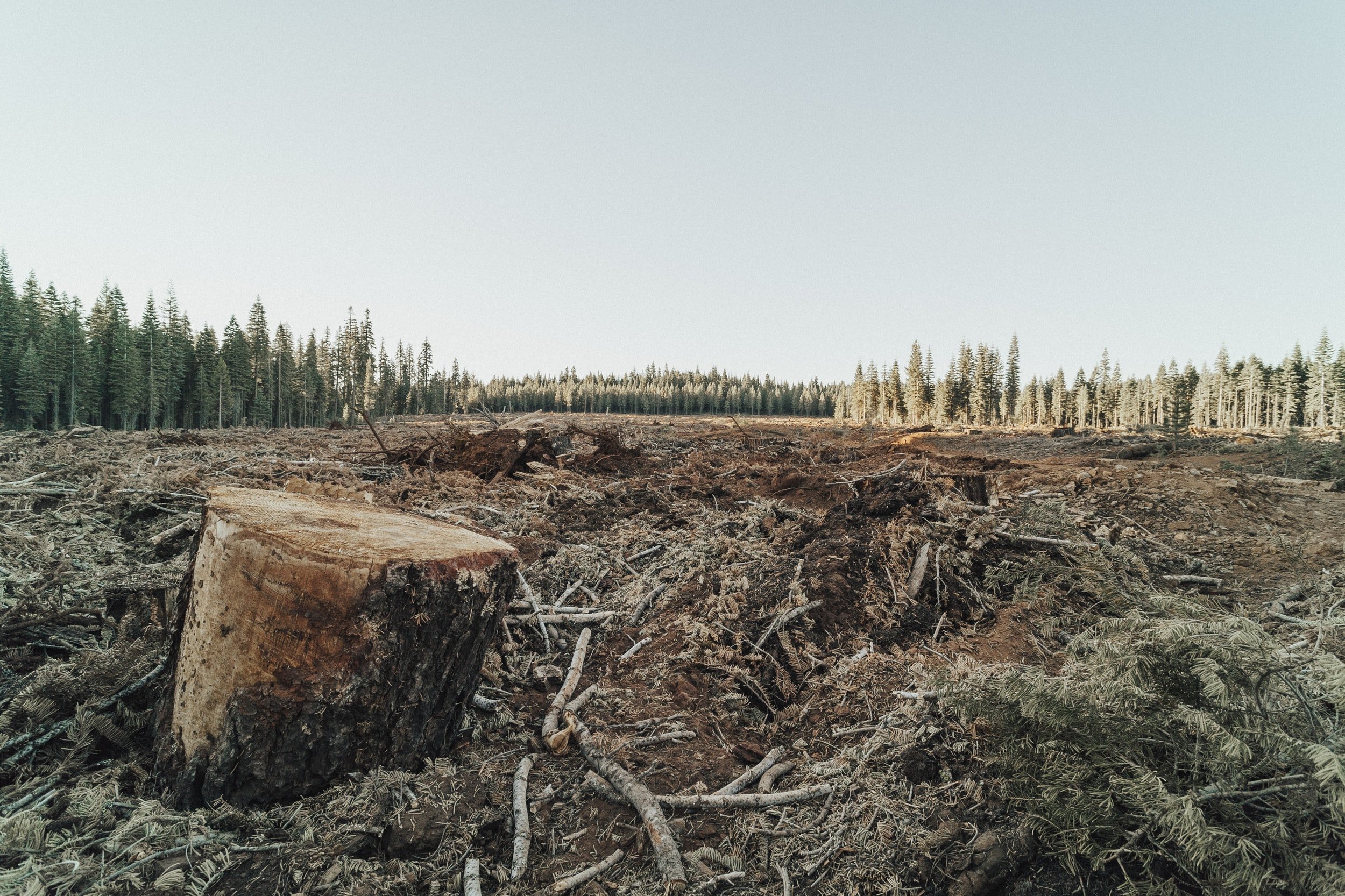
Dangers of deforestation
Every tree in the forest is a source. They draw water from the ground through its roots and evaporate the water into the atmosphere through the pores of its leaves. The water vapor from billions of trees is like rivers in the air, which eventually form clouds and rain.
However, as we continue to cut down the Earth’s trees, these “air ricers” and the lands that depend on the rainfall are in danger of drying. Many researchers have suggested that this neglected consequence of deforestation outweighs the effects of climate change in many inland regions. It would drain the Nile, hamper Asian monsoons, and dry out farmland from Argentina to the U.S. Midwest.
As people have known, deforestation is known to reduce the amount of carbon dioxide that trees absorb from the atmosphere, thus contributing around 10 percent of global warming.
The impact of deforestation on precipitation is one of the most important “non-carbon” impacts, but not the only one. Healthy forests release organic compounds that have an overall cooling effect on the climate; therefore, clearing forests would eliminate this colling effect and exacerbate global warming.
People should start to pay attention to the damage that was caused by our behavior. Although the incentive might be good at first, it never should be the reason for us to overcutting or overusing the natural resources offered by the environment.

